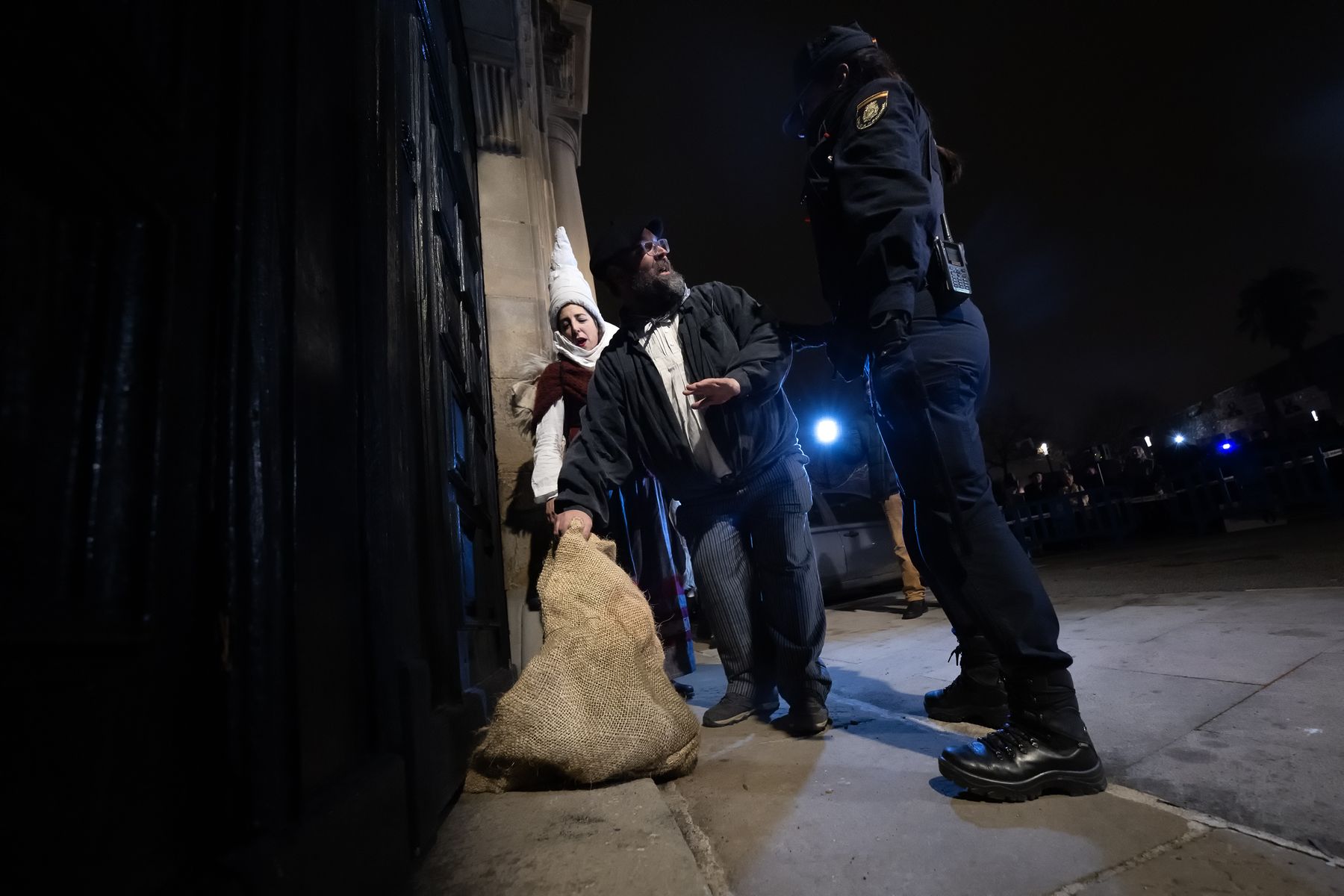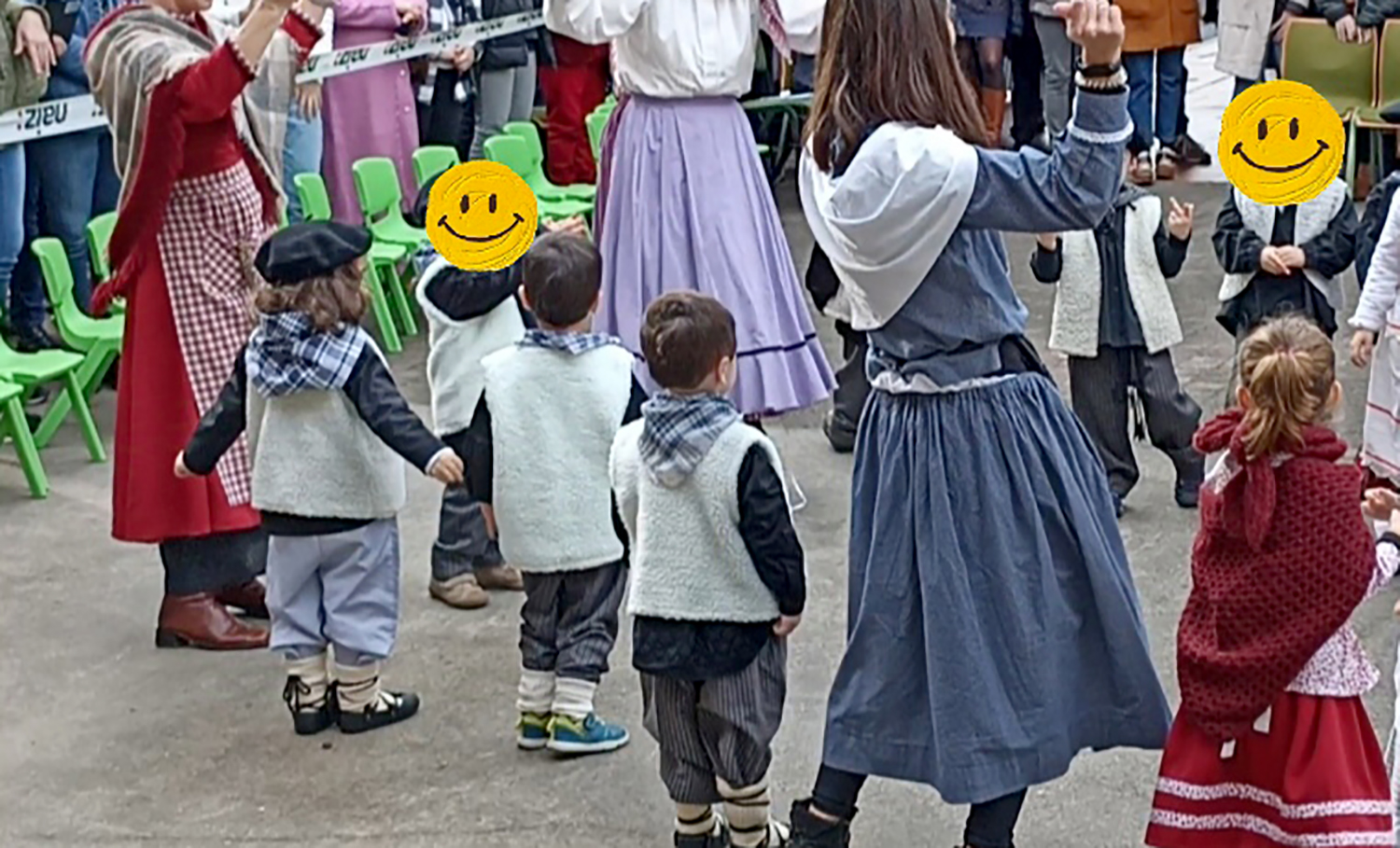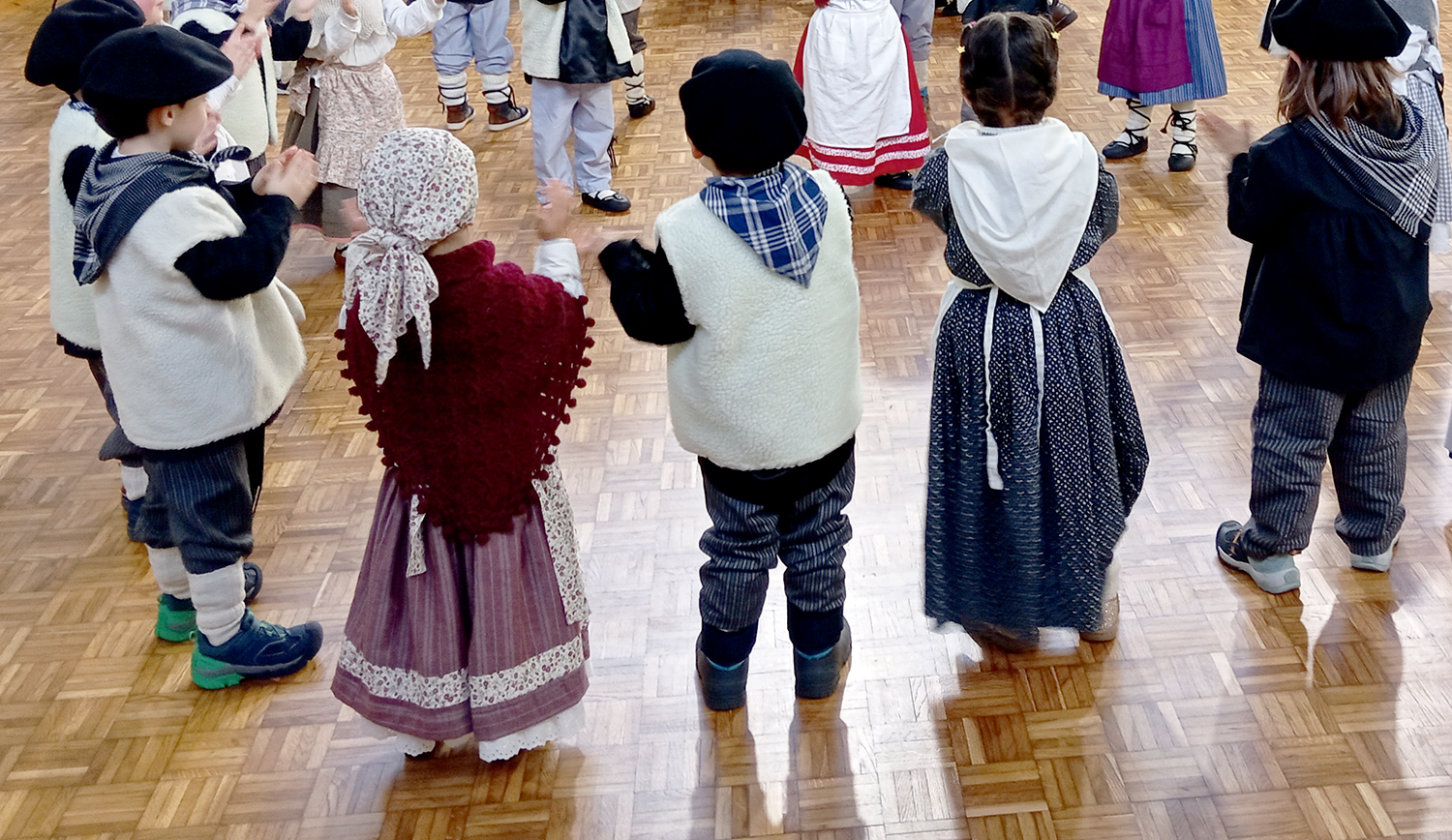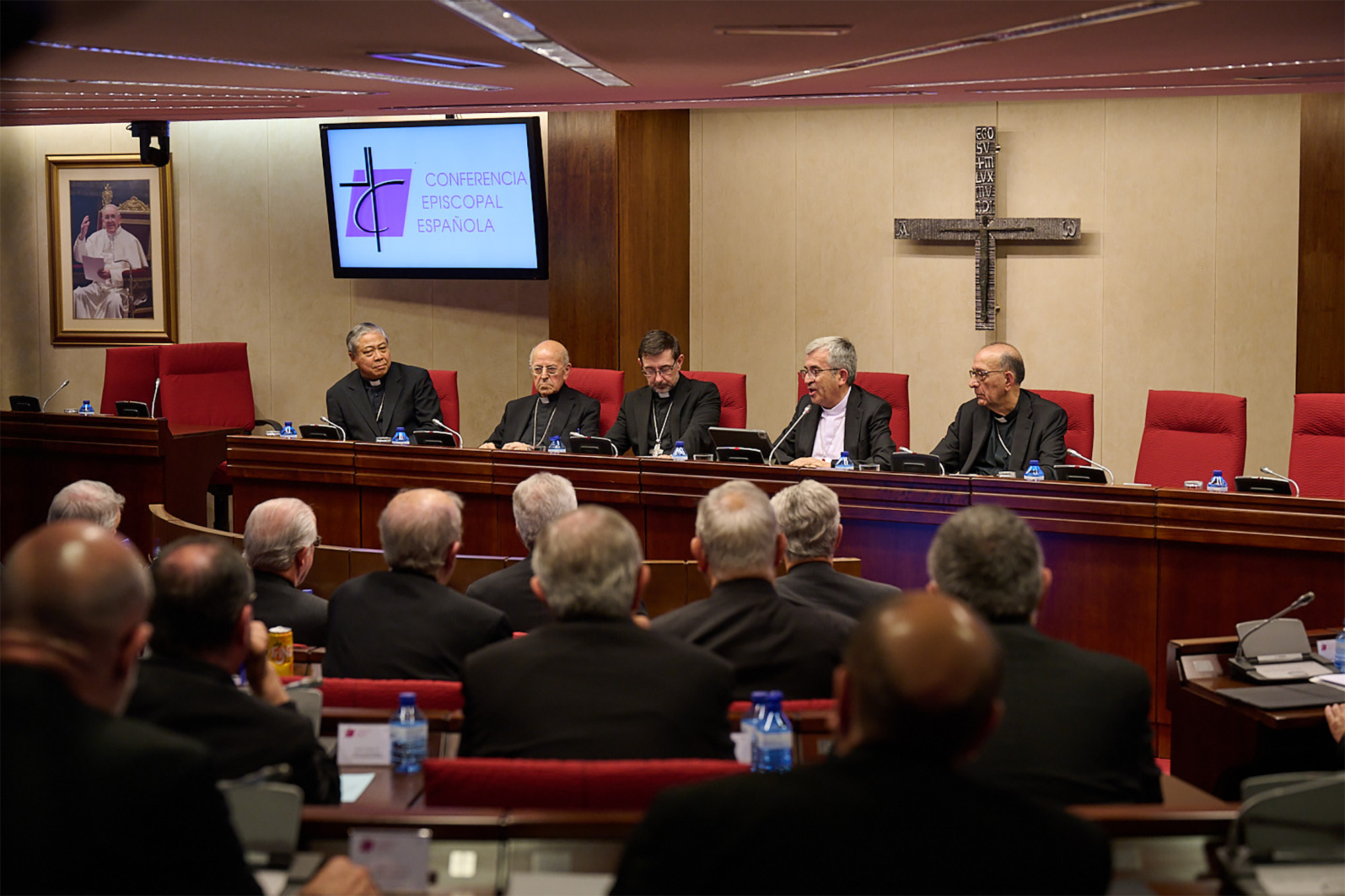Holy Thursday, Wednesday
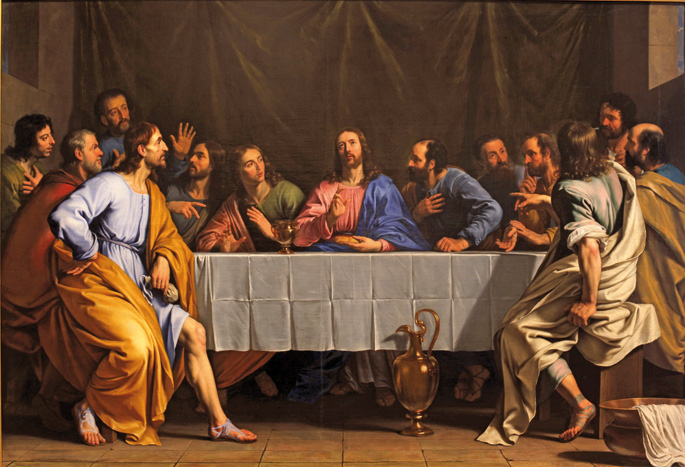
Jerusalem, 3 April 33 Sir Colin J. According to the professor of physics at the University of Cambridge, Humphreys, Jesus of Nazareth was crucified that Friday morning. He got the exact date with the help of the Oxford astrophysicist, Graeme Waddington, as a result of a study that began in the 1980s. Experts have also suggested other dates, such as 7 April 30 a. Arguing that he died in year 4 and that, therefore, Jesus Christ was born 4-6 years before the beginning of his era.
But Humphreys' main purpose was not to set the year, but the day of the week. In The Mistery of the Last Supper (2011) he reviewed the last days of Jesus’ life and, based on the exact date set, drew the following logical conclusion: it is not possible that all the events that the Bible gathers occur in a few hours between the dinner on Holy Thursday and Friday morning. Let us remember that after the Last Supper, Jesus was arrested and interrogated, Pontius Pilate and Herod separated two judgments from him and, before the sentence was passed, had to make the way to Mount Calvary. In addition, these events took place in different places in Jerusalem, further tightening the sequence of events. So, and always according to the physicist at Cambridge, the Last Dinner took place on April 1 at night. Wednesday.
The gospels also don't match on the date of the famous food. Matthew, Mark and Lukas say it was the Passover dinner, while in the Gospel of John it is said that it was before the Passover Jew. Humphreys sees no contradiction in this; in his view, the key lies in the use of different timetables. The first three don't say it was Thursday, and they refer to an older calendar of Moses' time like Easter. Jehan, on the other hand, used the current lunar calendar.
So if Colin Humphreys is right, we should take the holidays one day before and the Last Dinner we would call him the Penultimate Dinner, if any of the protagonists of the next day's scene had time to have dinner.
On February 3rd, the time has begun to pre-enroll our children and young people in schools, and as every year we would like to remind you why we do not think it is a good idea to enroll them in religion. Last year we finished the article saying that “many of you will be... [+]
Tijarafe (Canary Islands), mid-14th century. When the first Catholic monks came to the area of the island of La Palma, the Awares, the local Aborigines, saw that they worshipped the sun, the moon and the stars.
And this has been confirmed by the archaeological campaigns carried... [+]
Paris 1845. The Labortan economist and politician Frédéric Bastiat (1801-1850) wrote the satire Pétition des fabricants de chandelles (The Request of the Sailing). Fiercely opposed to protectionism, he ironistically stated that the sailing boats asked for protection against... [+]











